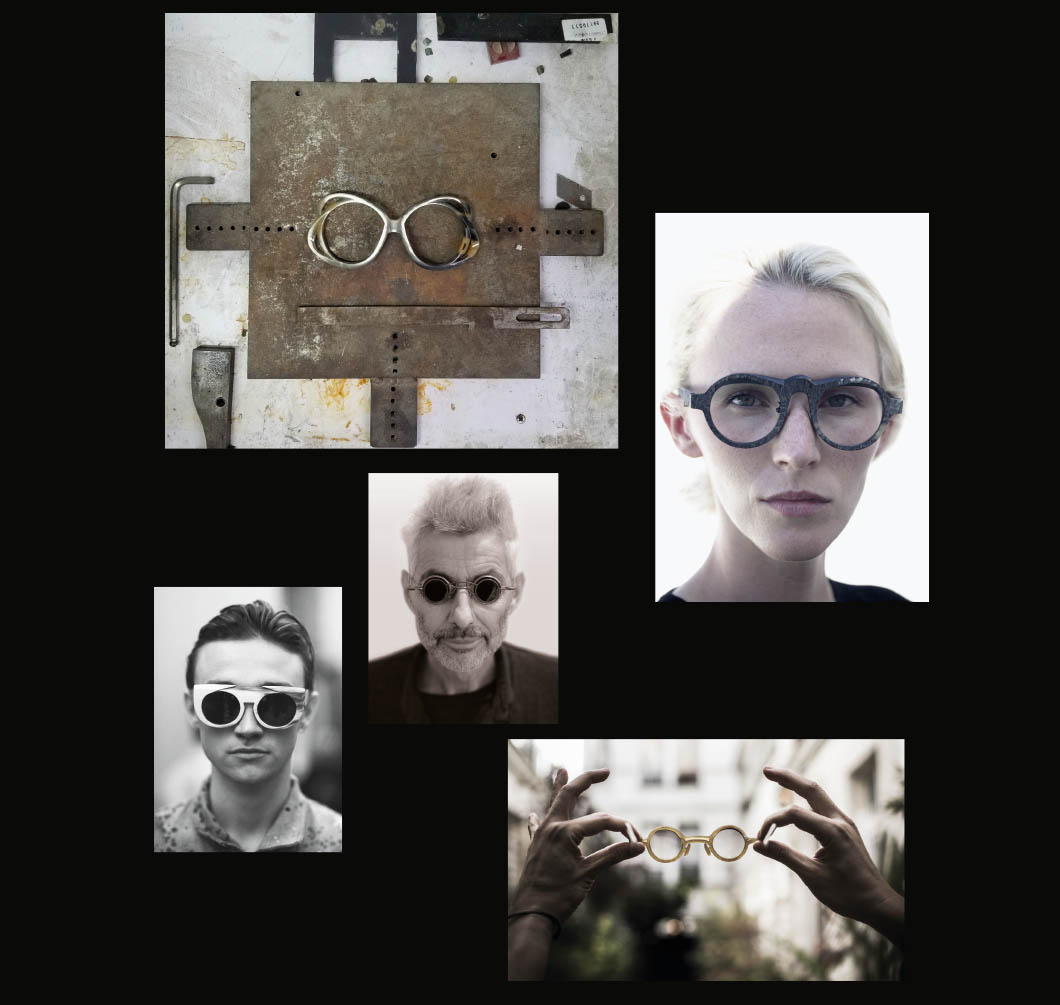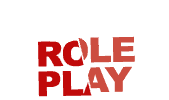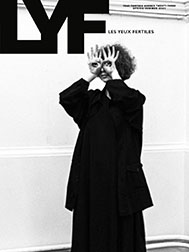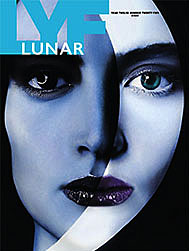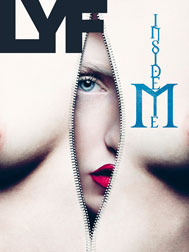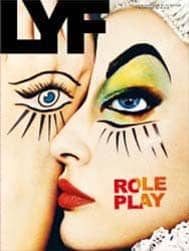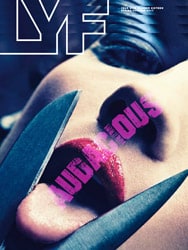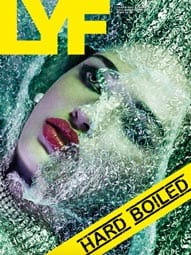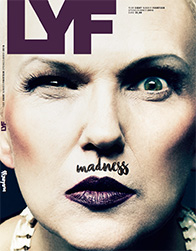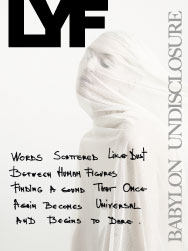
Henrik Lindberg and Ti Kwa,
tell us about the very beginning of this adventure of yours…
^I^
Ti
It’s an honor to be in this double interview with Mr. Lindberg, whom I greatly admire. I’ve worn glasses since I was eight. I think I was subconsciously always on a quest for the perfect pair and one day I woke up and decided to make my own. I’ve always preferred natural fibers and textures, I like the way they age with grace and become slightly battered in the most seductive way. As an outsider I had to learn the medium and tools, however I also had the privilege of an unfiltered perspective. I found myself drawn to horn because it allowed me to start small, and I knew quickly I would be able to use it in a way that’s never been done before.

^I^
Henrik
It’s nice to feature alongside Mr. Kwa, who is also passionate about eyewear and getting the most out of nature’s materials. For us, it all started in the 80s where customers often left their optician with big clunky eyewear that made a big impact on their face, and with its heavy weight it put the wearer in an uncomfortable situation all throughout the day. We wanted to give the creative opticians a way to put together the perfect designs for any face. Back then, no one was offering them a way to do that. This was why we created the world’s first building system; and it’s still a big part of our DNA. It allows opticians to customise eyewear using the exact temple length, widths, shapes, nose-pads and much more, that fits the needs of the specific end-user. While developing the building system, titanium was released for commercial use. That was a game-changer for us and ever since we have spent our time and resources pushing the limits of both the design and the technical aspects of titanium eyewear and putting that into all of our collections.
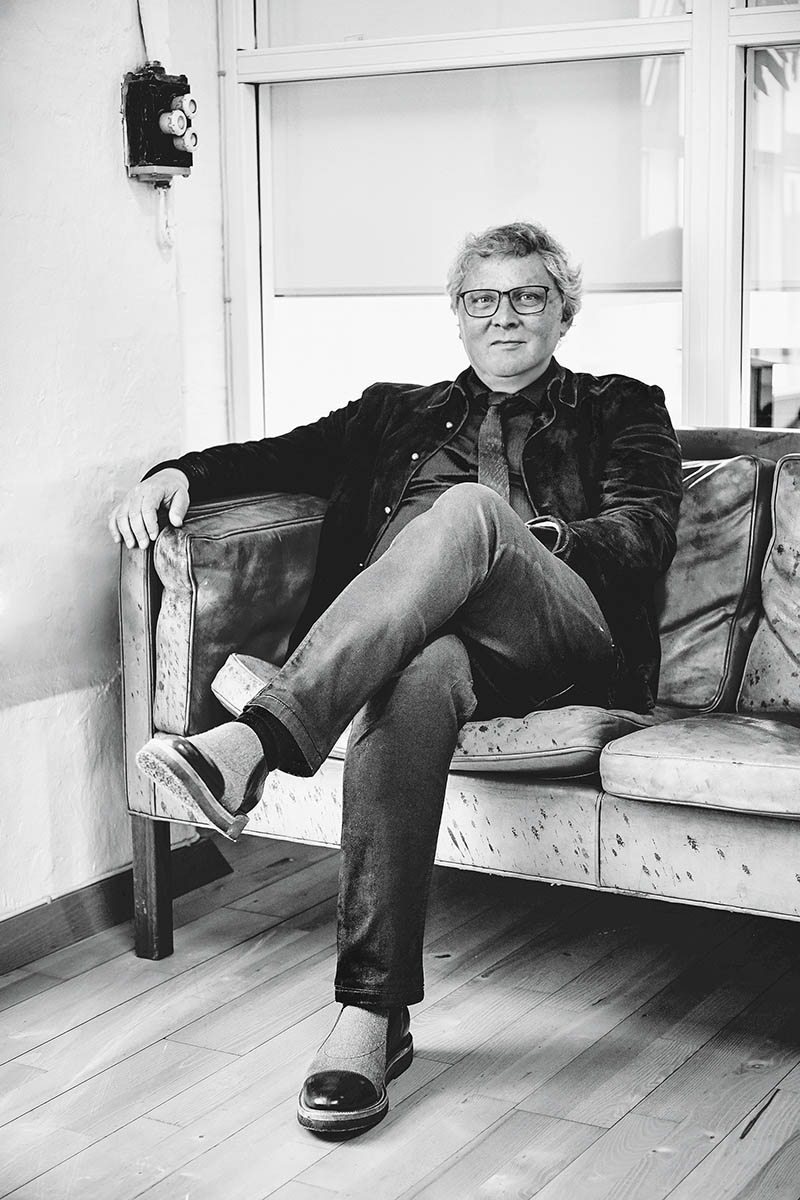

Henrik, for you design is essentiality and technology.
Ti, for you design is avant-garde with strong inspirations related to research fashion. Tell us about it.
°I°
Henrik
For us, design always comes first, we take pride in designing everything in-house with our great team of creative minds. What makes the designs possible are our engineers and toolmakers. We all work closely together to make sure we, the designers, are updated on any new technical improvements or innovations. Technology can be used to break boundaries and create things that were not possible just months ago. When we use technology to invent new designs we always have our DNA in mind, so every new piece fits our minimalistic brand. This is a big part of what drives us as a company.

°I°
Ti
When we were designing clothes in the past we would always go for natural materials if the budget allowed. Silk, cotton, linen, genuine horn buttons, cotton threads, metal zippers – they are always superior to cheaper alternatives in every way. So I try to approach eyewear in a similar fashion, by choosing the right material and retaining its inherent beauty as much as possible. We then proceed to demonstrate craftsmanship on the frame and let it age throughout the years as an heirloom piece.
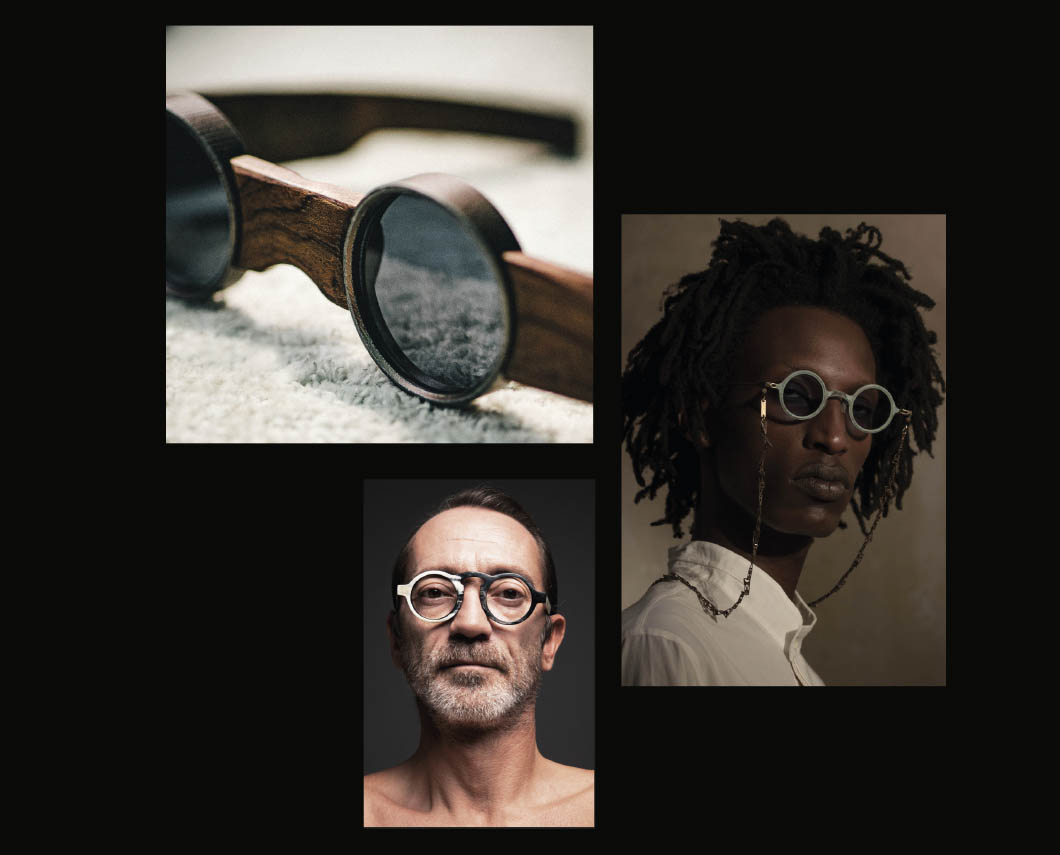

What does the independent market represent for you and what do you think
about the current scenario in tHIS FIELD?
°_°
Henrik
The optical world is changing, that’s for sure. It seems like a lot of people in the business are focused on selling cheap eyewear, but not necessarily the right eyewear for the customer. That is a shame since it’s the most important accessory; the eyes are the first things you see when you meet a person.
I think it’s because we unfortunately see less craftsmanship in optical stores since the optician education no longer focuses on it. It takes a certain level of skill to sell and adjust our designs, but once you have the perfect fitting the glasses are ideal for everyday use. To fight this challenge, we have academies every month, all over the world, where we train our partners in the technical and selling aspects of LINDBERG collections. Our in-house opticians are working closely together with our partners, and that’s why we call them partners, not customers.
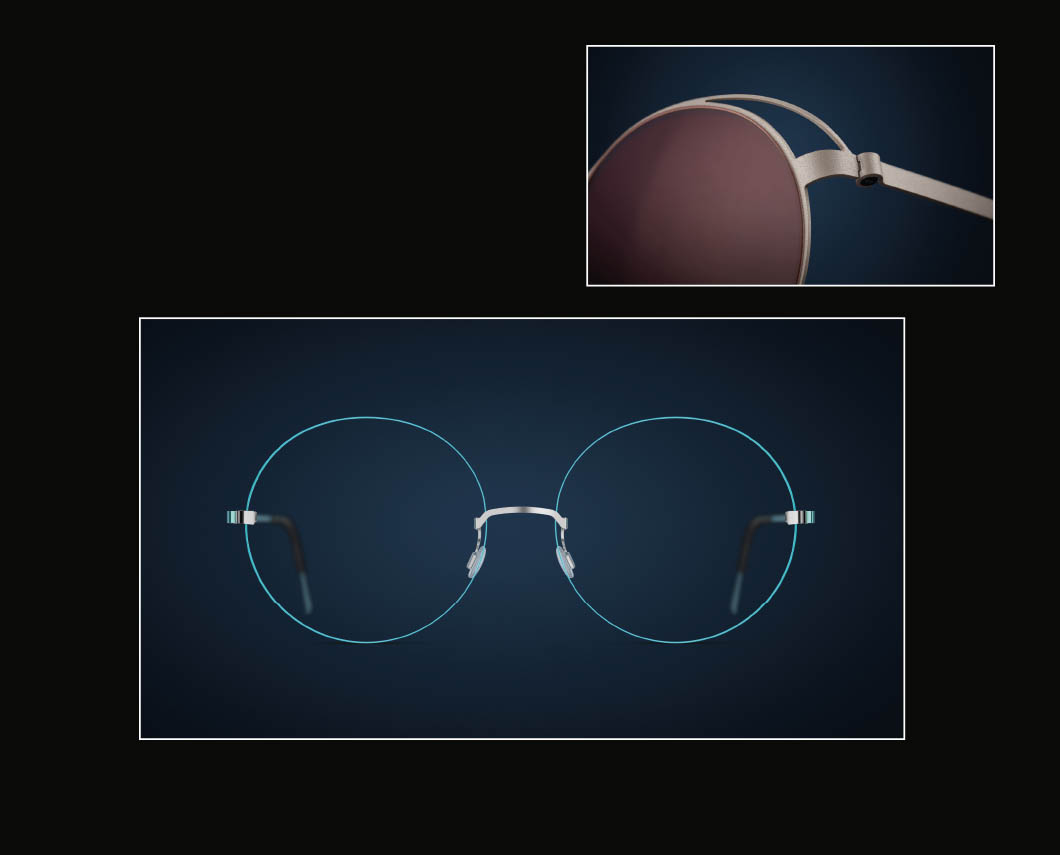
°_°
Ti
It’s been kind to us and we are grateful. I think we should encourage the independents to interact more with each other – we need to stick together so we can face the big boys effectively. We could also use more innovation and less retro.
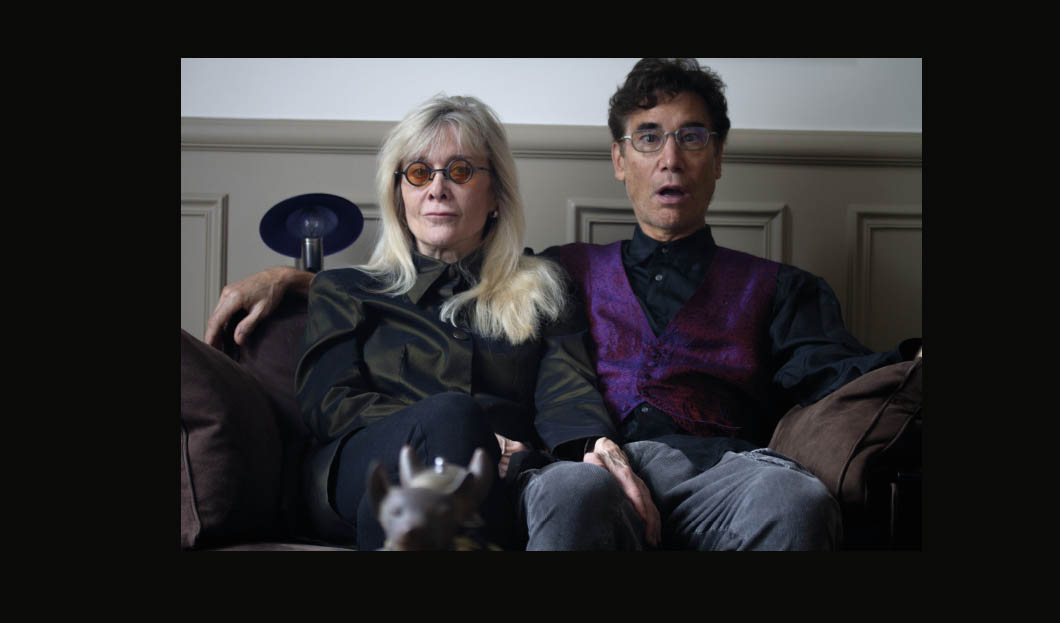

HENRIK, you are the most successful entrepreneur in this sector.
Ti, you are instead a hyper niche creative. What would you do if, one day, HENRIK Lindberg woke up in the shoes of Ti Kwa and vice versa?
O_O
Henrik
Calling me the most successful is an overstatement, we are a lot of creative entrepreneurs in the independent eyewear business, and we are pushing each other to do better every day. But this is a difficult question. As an architect I am used to utilizing the big eraser, deleting everything and starting over, but I have spent 35 years of my life with LINDBERG, so I would properly not be able to work with any other sort of eyewear DNA. Perhaps I would need to go into another kind of industry and create something completely different.

O_O
Ti
It would be wonderful to be in Mr. Lindberg’s shoes for a day, to see how he does it all so well. I would be learning from the best.
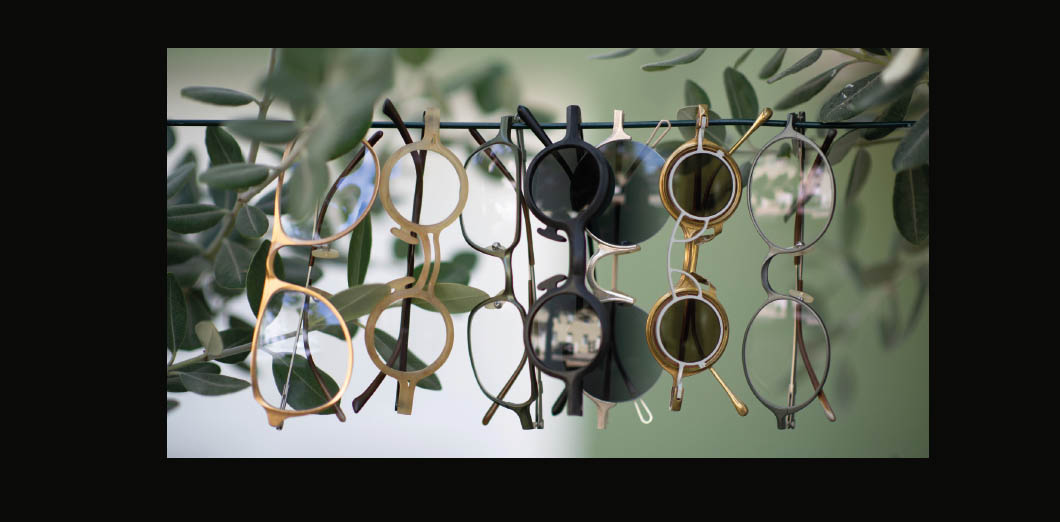

Since you don’t know each other personally, is there anything that Ti would like to ask HENRIK and vice versa?
*_O
Henrik
I don’t have that much to ask, but I will say: it is liberating to see someone jumping into this industry and working with some of the most difficult materials in eyewear.
Hats off to Mr. Kwa for doing that!
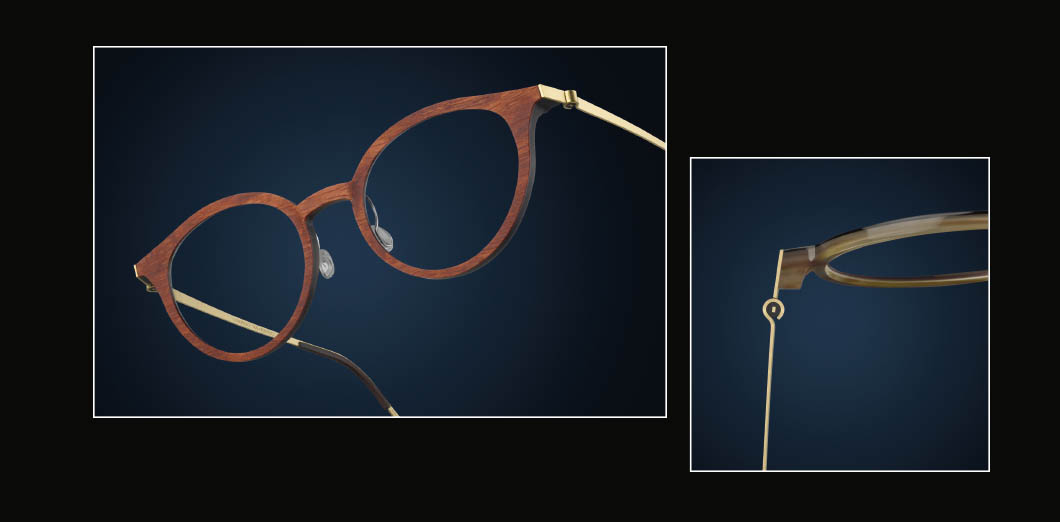
*_O
Ti
Dear Mr. Lindberg, my impression of Lindberg is picture perfect, from the frames to the sales to the distributions to the brand image. I wonder what are your struggles if any, and how long did it take you to build it to what it is today?
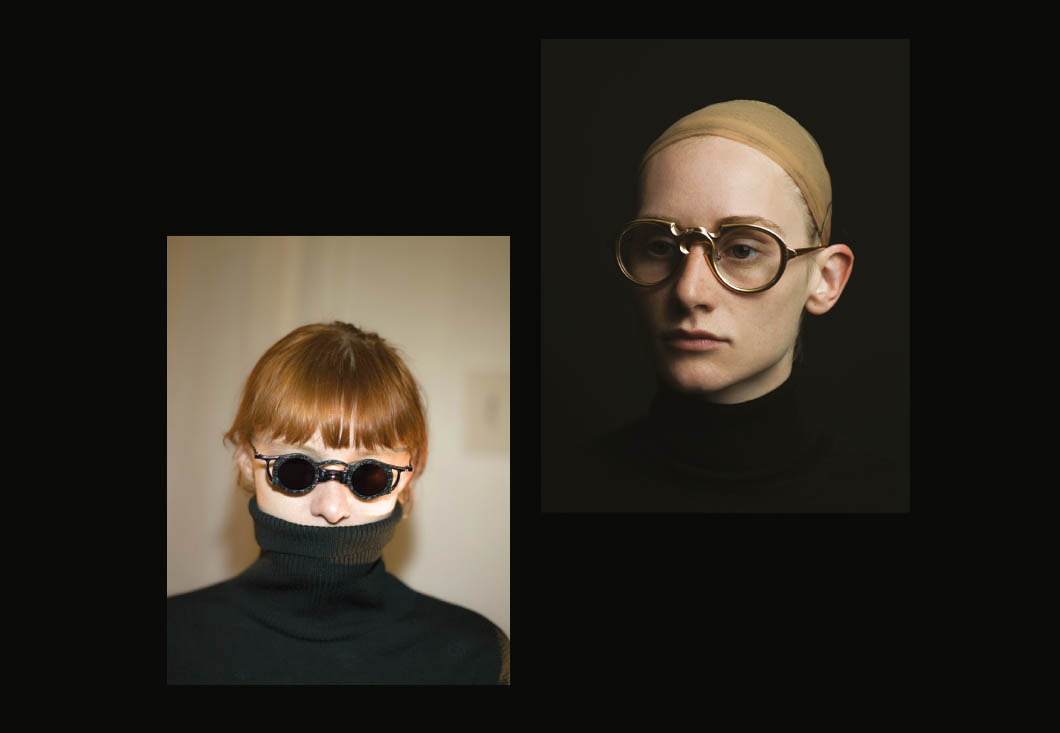
*_O
Henrik
Thank you for the question Mr. Kwa. 35 years we have worked to get to where we are today, and the biggest struggle has been how we could realize our building systems in the right way. When we started we could not find anybody who was able to produce titanium parts the way we wanted to, they didn’t have the tools or knowhow, and distributors did not understand our product, so we had to talk directly to the opticians. We needed to do everything ourselves. When you look at the company today, you’ll see that the whole value chain is kept in-house, from production and design to marketing and graphic design. I would not recommend anybody to build their company this way, unless it is the only way to do what you want to do, and you accept that it is a 24/7 thinking and doing operation for yourself personally.


HENRIK and TI, Your answer to the indecent proposal:
“Would you sell your companies”?
*II*
Henrik
You never know what the future brings, but no, we would not.

*II*
Ti
My original idea was to create a 100-year old company, my girls are turning 6 this year, so I suppose I’d have to wait and see if they like glasses before I can answer your question.
